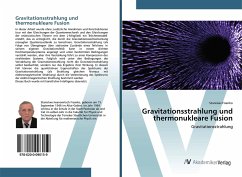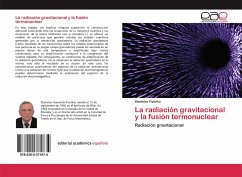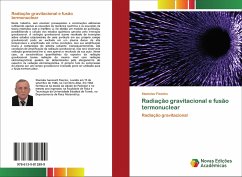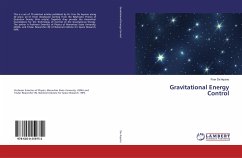In this work, without involving any additional assumptions and constructions (using only the equations of quantum mechanics and the equations of the relativistic theory with the L-member), a particle model was obtained, making it possible to calculate the quantum states generated by the gravitational interaction. Gravitational radiation (as a result of transitions over stationary states of a particle in its own gravitational field) can be excited in a dense high-temperature plasma and amplified under certain conditions, but its amplification will lead to compression of the radiating system. Consequently, under conditions of amplification of gravitational radiation, there will not be observedgravitational radiation itself, but only the result of its action. In this case, the quantitative characteristics of the spectrum of gravitational radiation (as radiation of the same level with electromagnetic radiation) can be determined by the broadening of the spectrum of electromagnetic radiation. The very fact of plasma compression by a radiated gravitational field can be used for thermonuclear fusion.
Bitte wählen Sie Ihr Anliegen aus.
Rechnungen
Retourenschein anfordern
Bestellstatus
Storno








